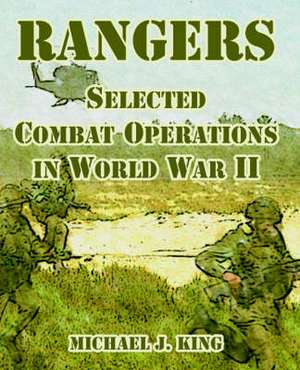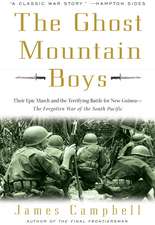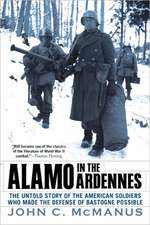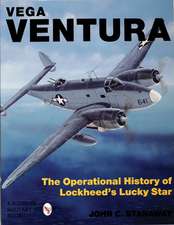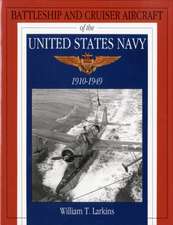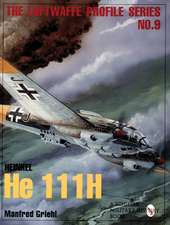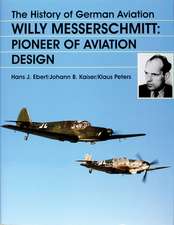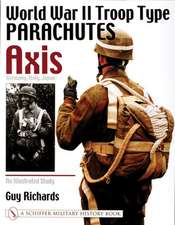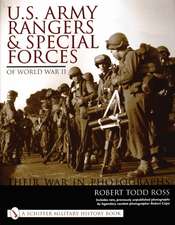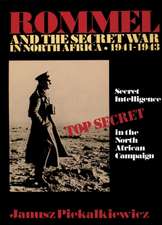Rangers: Selected Combat Operations in World War II
Autor Michael J. Kingen Limba Engleză Paperback – 30 sep 2004
Preț: 102.28 lei
Nou
Puncte Express: 153
Preț estimativ în valută:
19.57€ • 20.36$ • 16.16£
19.57€ • 20.36$ • 16.16£
Carte tipărită la comandă
Livrare economică 14-28 aprilie
Preluare comenzi: 021 569.72.76
Specificații
ISBN-13: 9781410217523
ISBN-10: 1410217523
Pagini: 100
Dimensiuni: 191 x 235 x 5 mm
Greutate: 0.19 kg
Editura: University Press of the Pacific
Locul publicării:United States
ISBN-10: 1410217523
Pagini: 100
Dimensiuni: 191 x 235 x 5 mm
Greutate: 0.19 kg
Editura: University Press of the Pacific
Locul publicării:United States
Notă biografică
Michael J. King is a Senior Advisor and Discipline Technical Authority in Reservoir Performance Prediction with BP America. He is a project manager within the Advanced Reservoir Performance Prediction R&D program, where he is involved in global technology development and deployment. King has worked for BP both domestically and overseas since 1982 as a practicing reservoir engineer and in research and development. He has worked in fundamentals of flow in porous media, laboratory analysis, numerical methods, and reservoir characterization and is considered an authority in geologic modeling, upscaling, and streamline technology. King has been an SPE Distinguished Lecturer and has served on numerous SPE and industry committees. His original training was in theoretical physics and mathematics, and a BS degree from The Cooper Union and MS and PhD degree from Syracuse University.
